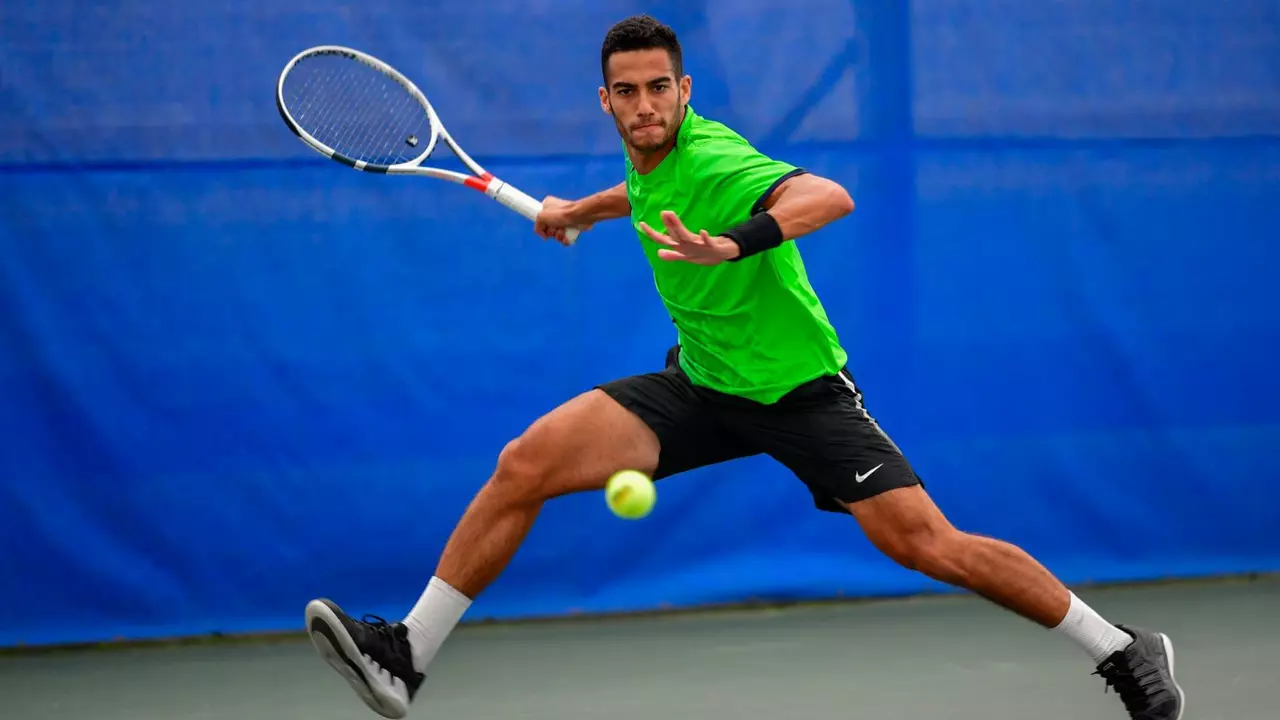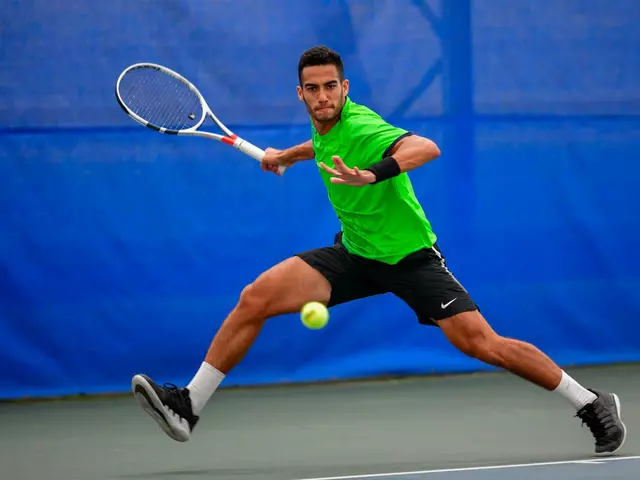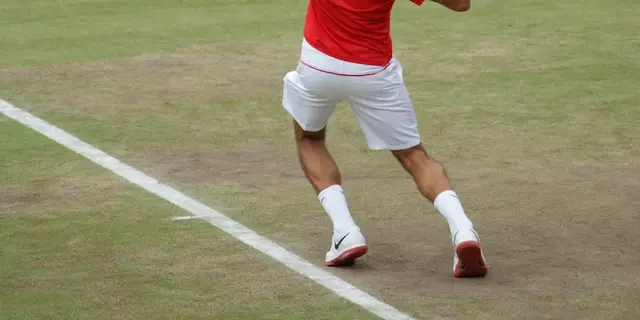Why Tennis Players Bend When Receiving Serves – The Real Reason
Ever watched a match and wondered why the returner looks like they're ready to squat? That low bend isn’t just for show – it’s a key part of a fast, solid return.
The Benefits of a Low Ready Stance
First off, bending lowers the centre of gravity. When your weight is down, you’re steadier and can shift direction without wobbling. Think of it like a sprinter crouching before the gun – the lower you are, the quicker you can explode.
A low stance also gives you better balance. With knees flexed, your weight is spread over a larger area, so you stay on your feet even if the serve is wide or deep. That stability lets you plant your feet firmly and push off with power.
Flexibility is another win. Bent knees free up the hips and ankles, meaning you can twist, turn, or lunge in any direction. The faster the serve, the more you need that range of motion to meet the ball at the right spot.
Power generation follows naturally. When you’re bent, you store elastic energy in the leg muscles. As you spring up, that energy transfers into your swing, giving the return extra zip without extra effort.
Finally, a low ready stance shortens reaction time. Because you’re already in a position to push off, you don’t waste a split second getting into a stance after the serve launches. That split‑second advantage can be the difference between a weak flick and an aggressive shot.
How to Get the Bend Right
Start by standing with feet shoulder‑width apart. Keep the weight on the balls of your feet, not the heels. Then, gently bend your knees until your thighs are roughly parallel to the ground – like you’re about to sit on an invisible chair.
Don’t lock your knees. A slight bend keeps the joints safe and lets you react faster. Keep your hips back and chest up; this posture helps maintain balance and prepares you to move forward or sideways.
Practice the stance without a ball first. Hold it for a few seconds, feel the stability, then release. When you’re comfortable, add a partner’s serve or a ball machine. Focus on keeping the bend consistent, even as the ball speeds up.Use a mirror or record yourself to check that you’re not leaning too far forward. Too much forward lean shifts weight onto the front foot, limiting the push‑off power. Aim for a neutral torso – upright but relaxed.
If you feel tightness in your calves or hamstrings, stretch them daily. Simple stretches like a standing calf stretch or a seated hamstring reach will make it easier to stay low without strain.
Remember, the bend isn’t about looking cool; it’s a functional tool. The more often you practice it, the more natural it becomes, and the quicker you’ll react to fast serves.
So next time you watch a pro returning a serve, notice the knees, the balance, and the spring. That simple bend packs a lot of physics and technique into one move, helping players stay aggressive, stable, and ready for anything the server throws at them.

Why do tennis players bend when they are receiving serves?
Tennis players bend when receiving serves as a part of their ready stance, which is crucial for a quick and efficient response. This position lowers their center of gravity, enabling better balance, flexibility, and speed. It also allows them to spring in any direction based on the serve's trajectory. Bending the knees helps generate power for the return shot and promotes overall agility. So, the next time you watch a tennis match, notice this technique that blends strategy with physics.
Detail



